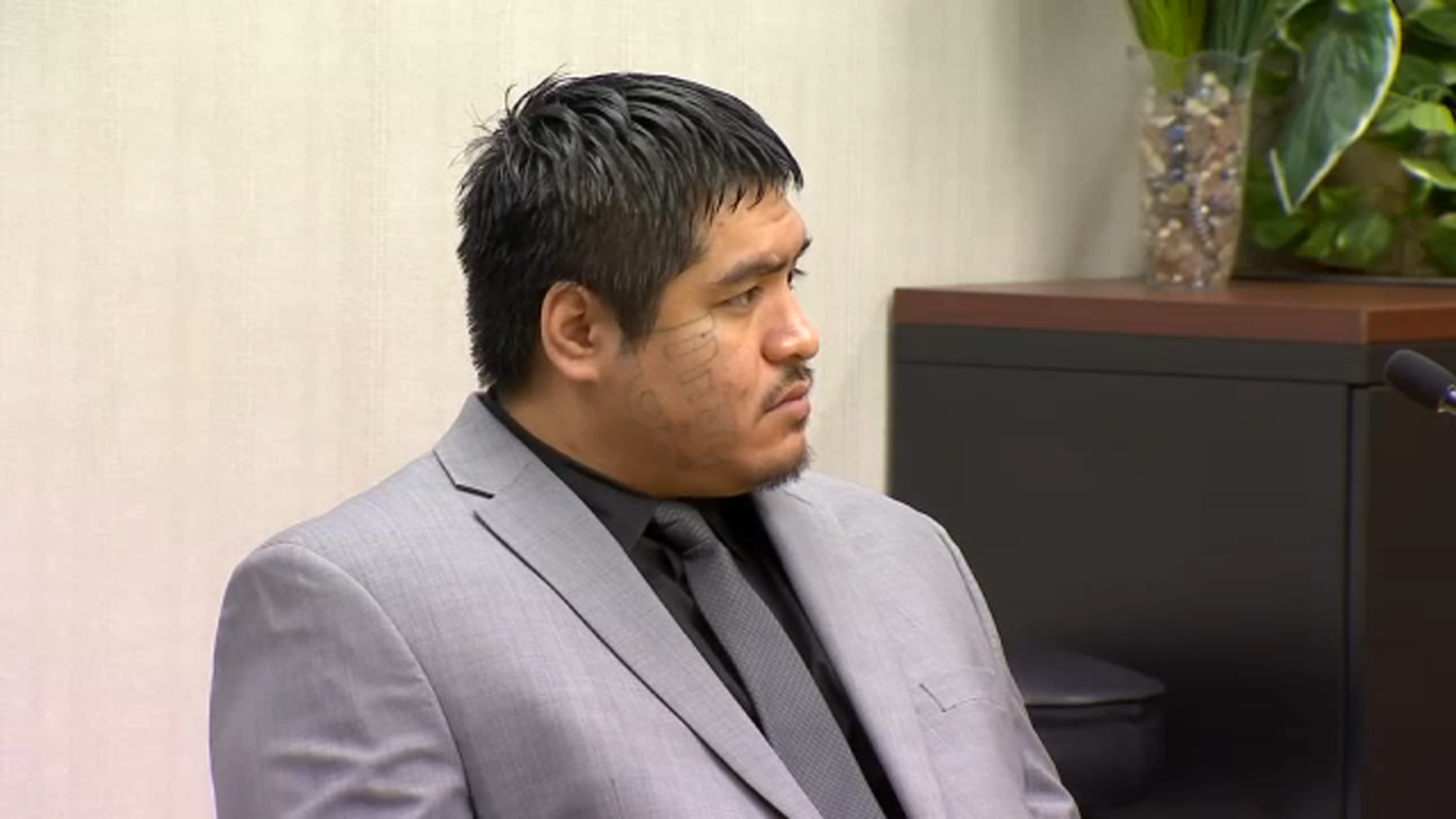Using video to kill Lung Cancer

NEW YORK CITY. (KFSN) -- At one time, treatment for lung cancer meant major surgery. Doctors would have to crack a patient's ribs and remove a portion, or whole lobe of a lung. Now, a minimally invasive procedure is leaving more lung in place, making recovery a whole lot easier.
For New York attorney Amy Mosery and her husband, it was a very unconventional vacation choice.
"Don't ask me why, my husband and I decided to take a 40-day cross country trip back and forth from east coast to west coast in an RV," said Mosery.
But Mosery said that trip saved her life. Just 10 days in, a bad meal sent the couple home and to a New York emergency room.
Mosery told Ivanhoe that the doctor, "He came back and he said to me 'well, you definitely had food poisoning and I'm going to give you the IV fluids, but we really need to focus on this suspicious nodule in your lung.'"
The nodule was cancer. Traditional treatment for Mosery would have required a large incision and removal of the cancerous lobe.
Instead, a friend referred her to Raja Flores, M.D., who was using a procedure called VATS, video-assisted thoracic surgery.
Flores, a thoracic surgeon at Icahn School of Medicine, Mount Sinai in New York City, told Ivanhoe, "It's a minimally invasive procedure that removes lung cancer."
Tiny cameras in a scope allow the doctors to visualize the lung from the inside and perform the procedure.
"We did a VATS wedge resection on her where you make three little small holes and you take out what essentially is a pizza-pie shaped portion of the lung with the tumor in the middle," said Dr. Flores.
Mosery was out of the hospital in two days and is now fully recovered. Best of all, she's cancer-free.
"I'm definitely, most definitely, one of the lucky ones," explained Mosery.
Dr. Flores said improvements in lung cancer screening, like low dose CT scans and PET scans, allow doctors to diagnose cancer at a much earlier stage. When caught early, Dr. Flores said greater than 80% of lung cancers can be cured.









